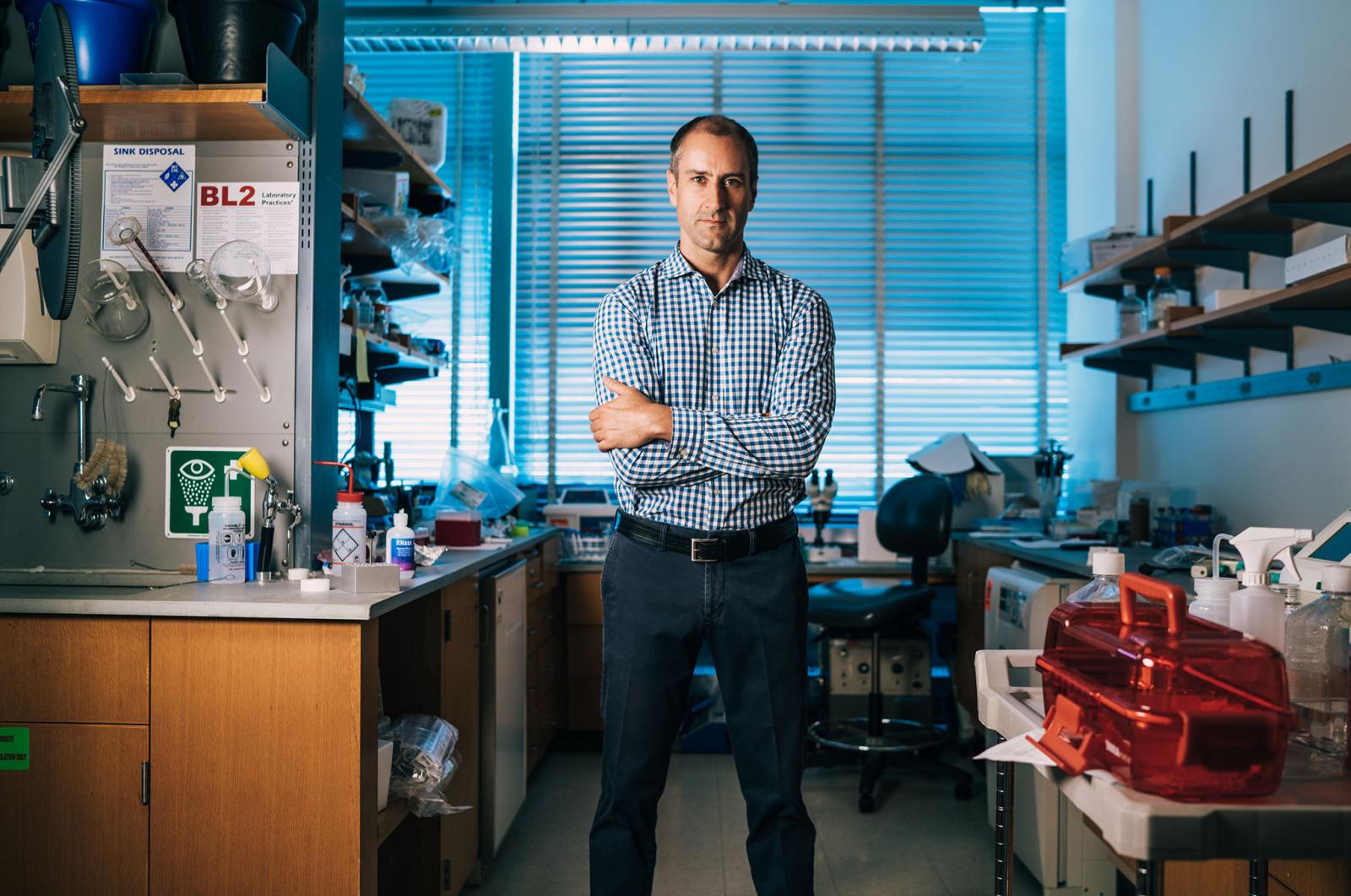
Professor
Mark Bathe
Professor of Biological Engineering
Interests
- Nucleic acid nanotechnology
- Molecular computing & meta-materials
- Therapeutic nucleic acids
Professor Bathe News + Media

Engineers use “DNA origami” to identify vaccine design rules
In lab tests conducted by the Bathe Lab, virus-like DNA structures coated with viral proteins provoke a strong immune response in human B cells.
Faculty Details
Education
-
2004
MIT
PhD
Research Interests
The Laboratory of Prof. Mark Bathe at MIT uses nucleic acids (DNA and RNA) to engineer revolutionary new materials at the nanometer-scale, or nanoscale, where one nanometer is approximately 10,000x smaller than the thickness of an individual human hair. One goal of these nanoscale materials is to enable the targeted, in vivo delivery of therapeutic nucleic acids such as siRNA, messenger RNA, and CRISPR to organs and tumors that are otherwise impossible to reach. Achieving this goal may help to develop cures for over 7,000 known genetic diseases, and cancer. Another goal is to design new “qubits” that are the equivalent of “transistors” from conventional semi-conductor chips. Achieving this goal would enable quantum computing to augment conventional silicon computers that have reached the end of Moore’s Law. And yet another goal of these nucleic acid materials is to be able to write, store, and read data in a dense, energy-efficient manner. Achieving this goal would offer the ability to make a low-cost, zettabyte-scale (1 trillion gigabytes) file system for the archival storage of all the world’s information.
Bio
Online Data
Biological Engineering
http://be.mit.edu.ezproxy.canberra.edu.au/directory/mark-bathe
Google Scholar
https://scholar.google.com/citations?user=ARaURTkAAAAJ&hl=en
LinkedIn
www.linkedin.com/in/markbathe
Teaching
Fields, Forces, and Flows in Biological Systems (20.430J)
Physical Biology (20.415)
Molecular, Cellular, and Tissue Biomechanics (20.410J)
Thermodynamics of Biomolecular Systems (20.110J)
Molecular, Cellular, and Tissue Biomechanics (20.310J)